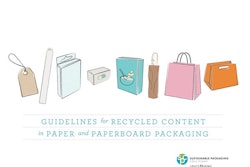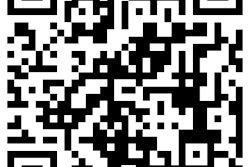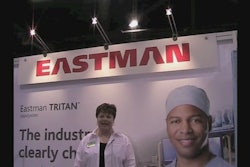Ken’s Foods recently installed a new bottling line in its Las Vegas plant for, among other things, Sweet Baby Ray’s barbecue sauce, the world’s leader in the category. Process & Production Controls, an integrator based in Norwood, MA, designed the controls package for the new line, and I had a chance to talk with that firm’s Erik Ekwall about the new line as well as about packaging line controls in general. Here are some of his observations:
- We integrators are kept busy partly because most of the automation guys seem to be leaving factories and going out into the field on their own. So the base of knowledge that used to be in the manufacturing plants isn’t really there in those plants anymore.

























